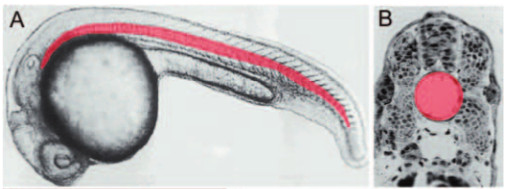Not that I expected much, but this review of Sam Harris’s latest with Maajid Nawaz confirms what little I did expect.
It quickly becomes clear, however, that Sam Harris is illiterate when it comes to history. He has a tendency, both in his online writings and in this book, to reduce all 1,400 years of the Islamic past to jihad. The world, he says, witnessed “a thousand years of jihadism” before Bin Laden sent airliners to mutilate the New York City skyline, and Islam spread “primarily by conquest, not conversation.” The historian Zachary Karabell wrote an entire book refuting this simplistic repackaging of history.
…
At one point, Harris even bizarrely rationalizes the Crusades. Remember, he tells readers, the Crusades “were primarily a response to 300 years of jihad” — the emphasis here is his. The Crusades were a “reaction,” he laments, and in any event, holy war was a “late, peripheral” development within Christianity. This ought to be news to the flayed bodies and burned heretics and massacred dissidents put to death by Christianity’s sword. Muslim empires were authoritarian, as were Christian empires. Muslim clerics gave fatwas declaring jihad, and Pope Urban II gave his own decree explicitly calling on Christian subjects to take up arms and reclaim the Holy Land from the Mohemmadans. Why Sam Harris feels the need to take sides in the fanatical squabbles of our barbaric ancestors eludes me.
All of this can be excused, but only up to a point. What is inexcusable, and what should preclude Sam Harris from participating in any more projects on Islamic Reformation, is his complete lack of awareness about Muslims as they actually live today. He censures American Muslims for paying more attention to the coldblooded massacre of three American Muslims at the University of North Carolina than to the crimes of ISIS — proximity to Raleigh over Raqqa may explain why — before going on to say that hate crimes against American Muslims are “tiny in number, often property-related, and still dwarfed five-fold by similar offenses against Jews.” Reread that sentence and take in the moral callousness of this thinker.
At least I enjoyed the review.






